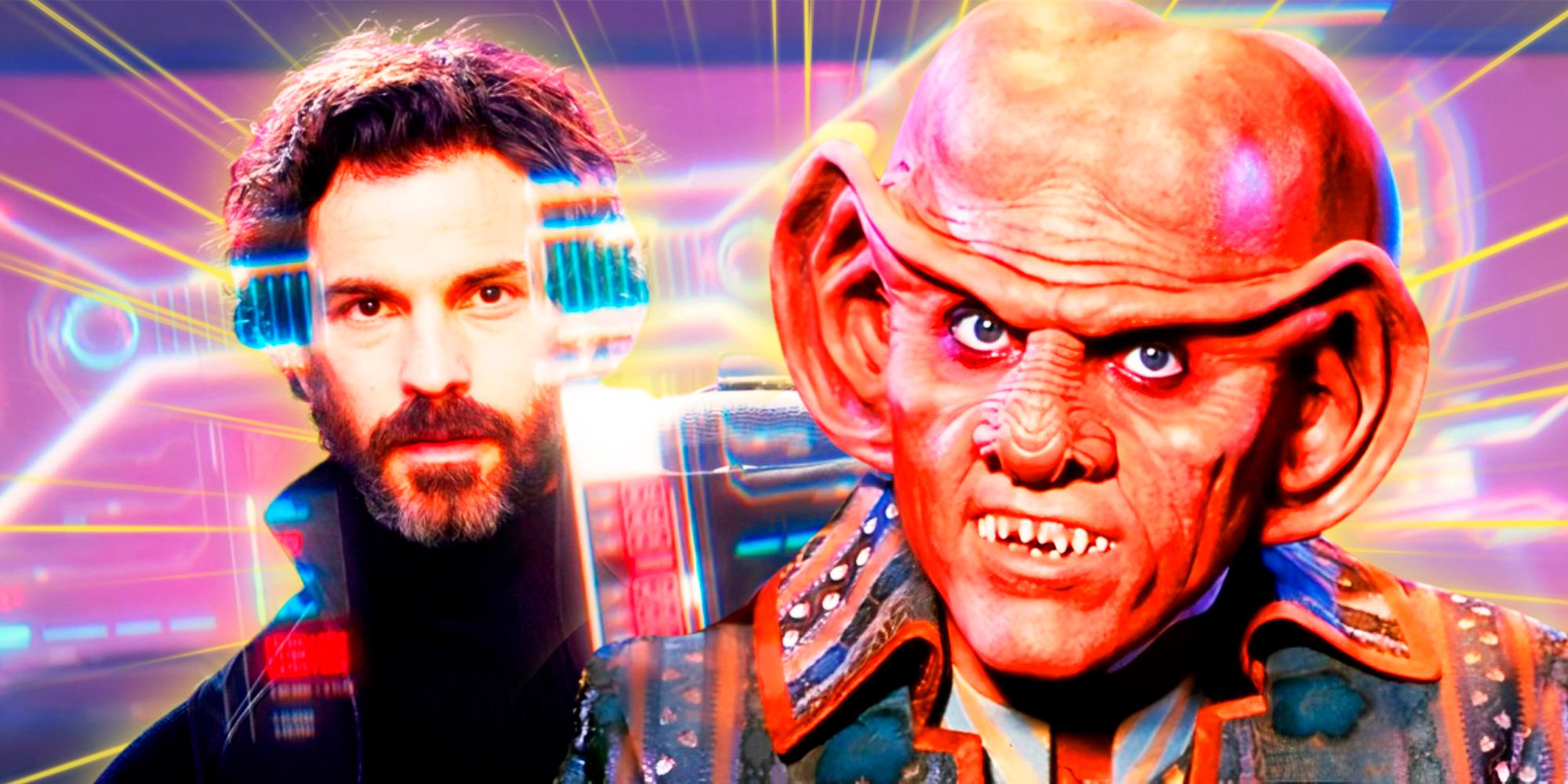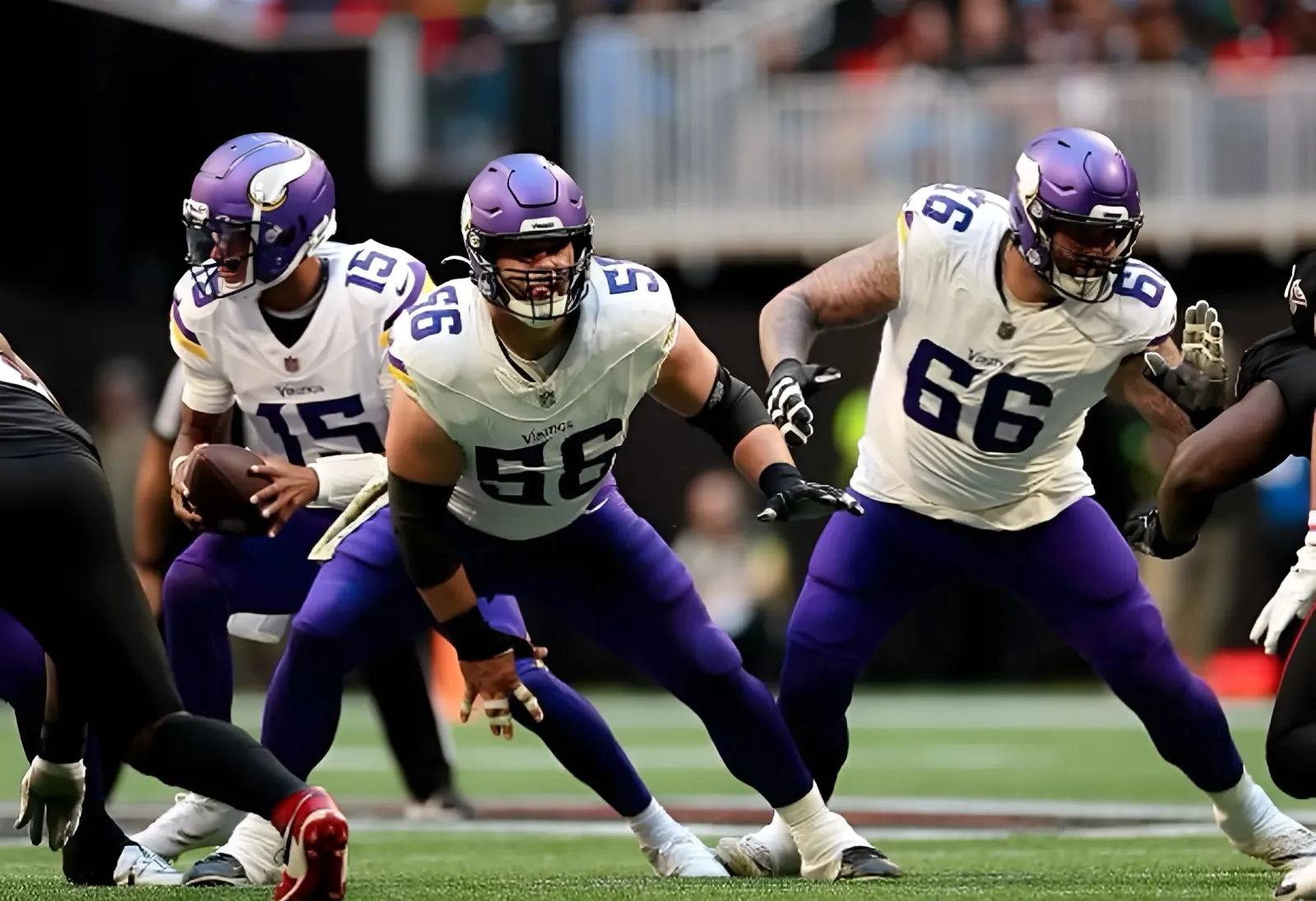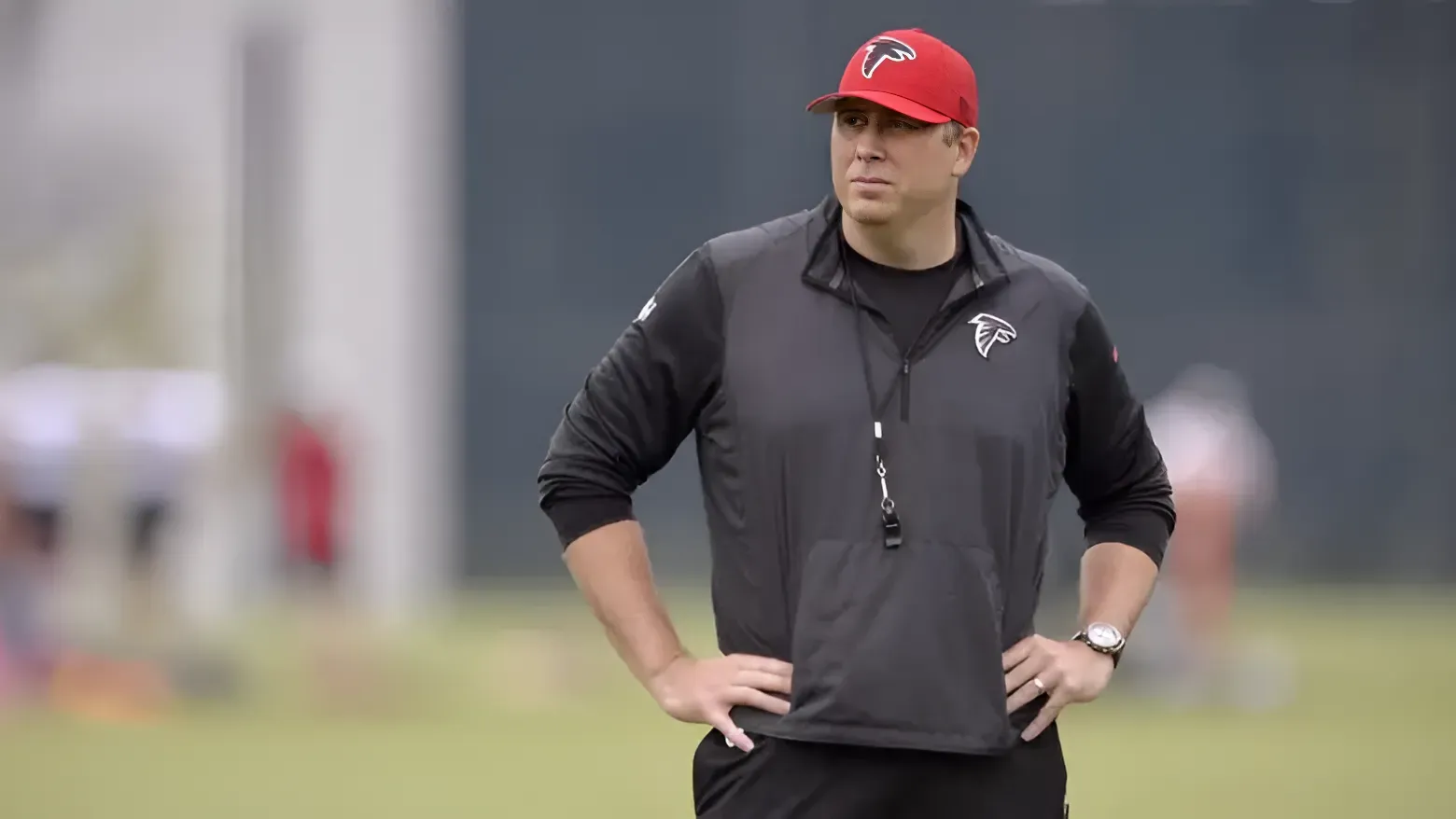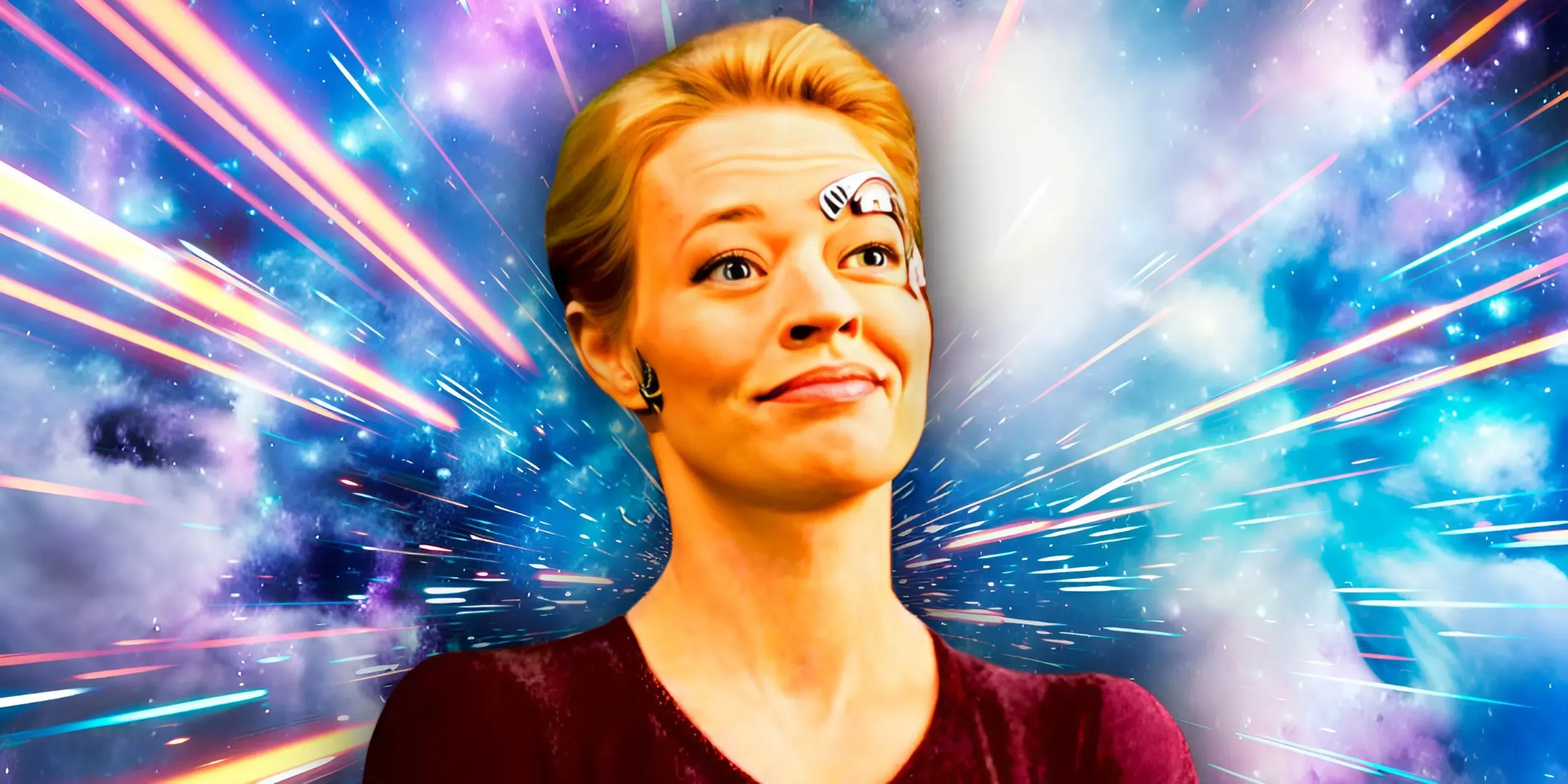Captain Cristóbal Rios (Santiago Cabrera), the La Sirena captain that Star Trek: Picard forgot, made a hologram trick from Star Trek: Deep Space Nine much better. Star Trek's holograms are relatively reliable substitutes for organic people, since they're tangible and able to interact with their environments, but limited by their programming and presence (or absence) of holographic projectors. Only a few examples of sentient holograms in Star Trek exist, so it can be reasoned that most holograms are just projected programs operating according to given parameters — even when they're based on real people.

Although they're separated by a few decades in the Star Trek timeline, both Star Trek: Picard's Cristobal Rios and Star Trek: Deep Space Nine's Quark (Armin Shimerman) use holograms based on themselves to make up for staffing issues. In Star Trek: Deep Space Nine season 4, episode 16, "Bar Association", Quark's holographic trick involves using a budget hologram generator to staff the bar with multiple replicas of himself after Rom (Max Grodénchik) organizes a labor strike. Similarly, Star Trek: Picard season 1 sees Cristobal Rios' La Sirena crewed by several holographic variations of Rios.
Captain Rios' Holograms In Star Trek: Picard Are Better Than Quark's On DS9
Captain Rios' Holographic Doubles Evolved To Have Personalities
In Star Trek: Picard, Captain Cristóbal Rios' hologram replicas are much better than Quark's holographic doubles from Star Trek: Deep Space Nine because La Sirena's Rios holograms all read as different individual characters instead of being mindless duplicates. Rather than hire actual people, loner Rios uses La Sirena's Emergency Hologram feature to round out La Sirena's intended crew complement of six. Each of Rios' holograms evolves his own look, speech pattern, and temperament after using Cris' own personality and memories as a starting point.
|
Cristóbal Rios' Emergency Holograms |
||
|---|---|---|
|
Name |
Function |
Accent |
|
Emil |
Emergency Medical Hologram |
English |
|
Enoch |
Emergency Navigational Hologram |
Irish |
|
Ian |
Emergency Engineering Hologram |
Scottish |
|
Emmet |
Emergency Tactical Hologram |
Chilean Spanish |
|
Mister Hospitality |
Emergency Hospitality Hologram |
US American |
By contrast, all of Quark's holograms fulfill the singular purpose of being not-so-warm bodies to maintain Quark's Bar while Rom, Leeta (Chase Masterson), and the other organic employees are on strike. Because Quark acquired the most budget-friendly holographic generator possible, the multiple Quark holograms aren't even good at carrying out what they are programmed to do, and they certainly don't improve. Quark's holographic workers unexpectedly blink offline to drop trays with astonishing frequency. There's no sign of a personality among Quark's doubles, not even Quark's own (which is probably for the best).
Star Trek's Holograms Changed Between DS9 And Star Trek: Picard
Star Trek: Voyager's Doctor Is Responsible For The Evolution Of Holograms In Modern Star Trek
Star Trek's hologram technology changed drastically between Star Trek: Deep Space Nine and Star Trek: Picard, thanks in large part to the work of engineer Lewis Zimmerman (Robert Picardo) and Zimmerman's most notable creation, the Emergency Medical Hologram. The Doctor in Star Trek: Voyager grew beyond his programming with meaningful friendships, hobbies outside of medicine, and becoming the very first Emergency Command Hologram. Even in-universe, the Doctor's holonovel "Photons Be Free" inspired the deprecated Mark 1 EMHes and other holograms to advocate for their own personhood and better treatment.
In Star Trek: Deep Space Nine season 5, episode 16, "Dr. Bashir, I Presume", Zimmerman visits DS9 hoping to use Dr. Julian Bashir (Alexander Siddig) as the basis for the next model of EMH. The Emergency Medical Hologram Mark 1 in Star Trek: Voyager was based on Zimmerman himself, not unlike Captain Rios' and Quark's holographic duplicates.
Although they're not sentient themselves, Captain Rios' multiple Emergency Holograms in Star Trek: Picard wouldn't have been possible without the evolution of Star Trek's sentient holograms. Like how the Emergency Command Hologram inspired new versions of Emergency Holograms, Rios' Hospitality Hologram could be inspired by Vic Fontaine, Star Trek: Deep Space Nine's own resident sentient hologram. Because Voyager's Doctor and Vic Fontaine changed the way holograms were written and treated in Star Trek, Cristobal Rios' hologram replicas in Star Trek: Picard are naturally better than Quark's glitchy pawns.



